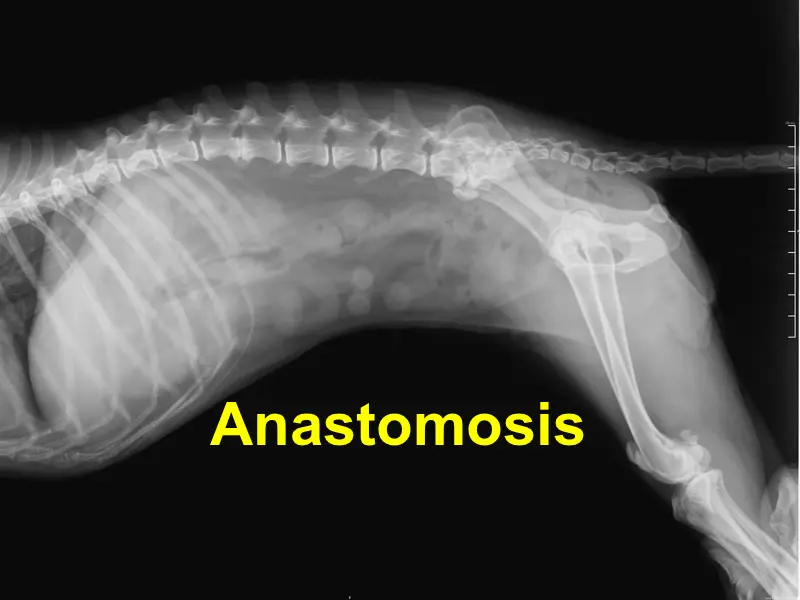Anastomosis, or Intestinal Resection, is the removal of part of the intestine due to disease or illness. It is most commonly performed on pets that have intestinal obstructions due to foreign objects or severe trauma to the abdomen.
Other Indications, Preoperative Tests, and Anesthesia
Other indications or cases that require your pest to undergo this procedure include intestinal tumors, gunshot wounds, intussusception, and animal attack injuries. Before operating on your pet, we have to consider factors such as their age as well as overall health. Not to mention, we also have to determine the cause of the problem while looking for any related or resulting ailments.
However, the most common indicator is the deterioration witnessed on your pet regarding their health and mood a few days before bringing them to our clinic. We also conduct extensive tests such as urinalysis, an EKG if need be, blood count, and biochemical tests just to mention a few to ensure that we clear all angles. We also use a pre-anesthetic sedative-analgesic to help your pet relax and oxygen to keep them alive during the surgery.
The Surgery
Anastomosis mainly involves incising your pet’s stomach after shaving and disinfecting the area and surgical equipment to isolate and evaluate their intestines. Once the damaged intestines are detected, the area is isolated using clamps and removed before the healthy ends are sutured and tested to ensure there are no leaks. We also wrap a section the thin membrane covering your pet’s intestines (omentum) on the sutured area to prevent future leaks.
After closing the abdominal section with self-dissolving stitches, we close the outer layers of the skin with sutures, which should be removed in 10-14 days.
Risk and Aftercare
Usually, significant complications arise after three days. However, the overall risk of the surgery is moderate and with the help of the postoperative drugs that we provide, your pet should recover properly. Watch out for changes in appetite, diarrhea, and vomiting and limit your pet’s mobility at least until the stitches are removed.
Sources: Michigan Animal Hospital, Pet Place




